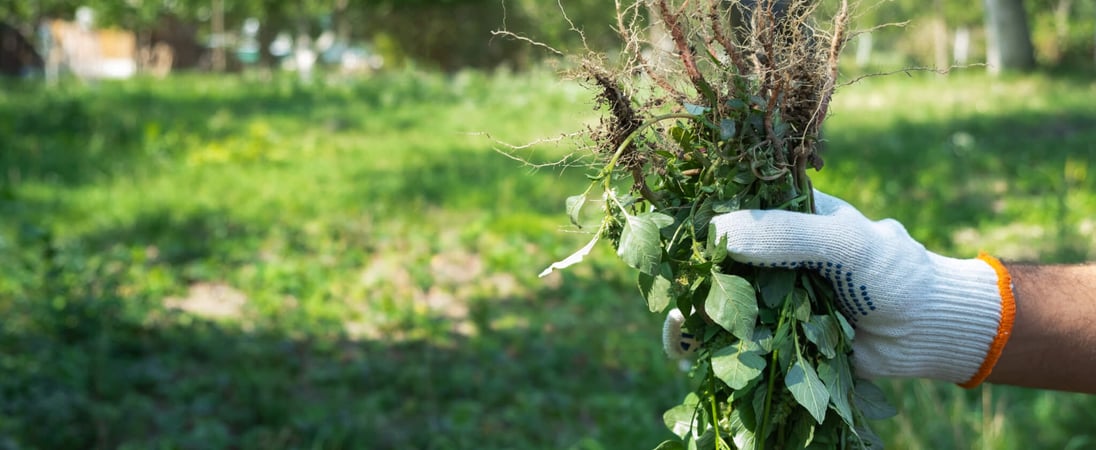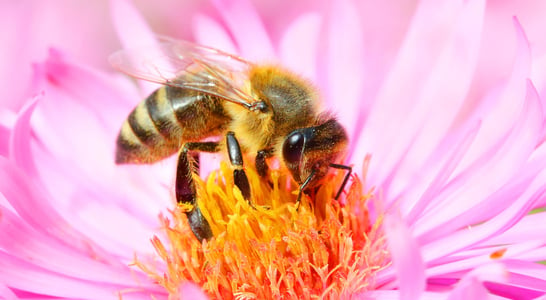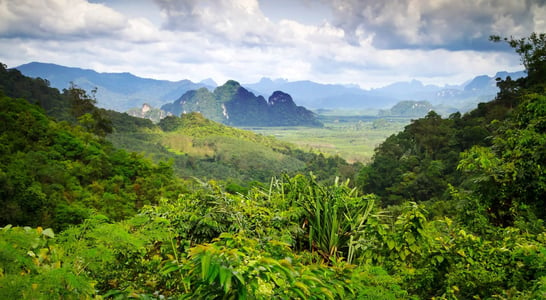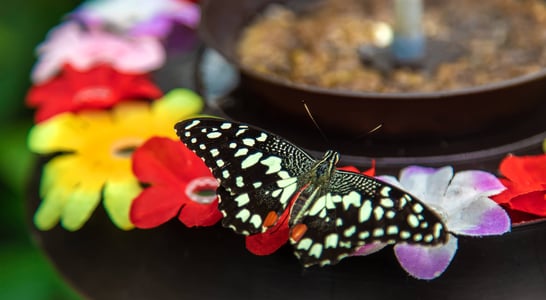
National Invasive Species Awareness Week
As our ecosystem faces challenges, some strive to preserve native flora and fauna by managing the impact of invasive species.
Global climate change has become entangled with the problem of invasive species. A warmer climate could allow some invaders to spread farther while causing native organisms to go extinct in their traditional habitats and making room for invaders.
Richard Preston
National Invasive Species Awareness Week is about encouraging people to care for their local environments by learning about the invasive species in the area and help scientists find solutions to these ever-lasting problems.
How to Celebrate National Invasive Species Awareness Week
Attend a Local Event
Each year, these same companies all come together, hosting events from locally to internationally to help find potential solutions to this ever pervading problem.
Find out about events near you sponsored by National Invasive Species Awareness Week so you can learn about the invasive species in your area and learn how to handle coming across that species. You can also attend college seminars that are taught by your local college professors and speakers in the environmental sciences department.
Learn More About Invasive Species
Native animals and plants can be some of the most beautiful parts of your world, but as non-native animals and plants come into the picture, some can be considered dangerous to the environment.
Do some research online about the invasive species in your region, learn the history of that species and see how you can contribute to helping your environment.
Share With Others
Post about this day on social media using the hashtag to get your friends involved in this cause of combatting invasive species in your local area.
History of National Invasive Species Awareness Week
National Invasive Species Awareness Week began in 2010 by a broad coalition of groups, including Weed Science Society of America, Monsanto, Dow AgroSciences, Entomological Society of America, and the National Network of Invasive Plant Centers.
These organizations and companies created briefing papers, networking events, and seminars throughout the wee of Invasive Species Awareness to inform the public about the hazards that come with invasive species.
According to the day’s main website, it is estimated that 50,000 species of plants and animals in the United States are non-native. 5,000 of those non-native plants and animals are considered to be invasive because of the ecological damages they cause to those inhabiting the environment. Invasive species also cause economic damages, threatening business that thrives off of the environment.
While the number may appear to be small, the damage that invasive species can do can destroy hundreds of populations of important animals and plants that benefit the environment through mutual relationships rather than feed off of the environment parasitically.
This example is why National Invasive Species Awareness Week exists, so everyone can take an initiative towards saving those habitats!
Also on ...
View all holidaysNational Play Tennis Day
Swinging rackets, chasing balls, and court camaraderie - a game that's all about skill, strategy, and that satisfying thwack!
National Banana Bread Day
A delicious homemade treat that's perfect for breakfast or dessert, made with ripe fruit and warm spices. You won't want to share!
International Dog Biscuit Appreciation Day
Whether you're training or just want to show them some love, dog biscuits are sure to get your dog's tail wagging and stomach growling.
We think you may also like...
World Honey Bee Day
These little creatures are nature's buzzworthy superstars! They're responsible for pollinating a third of our food supply and creating delicious honey.
World Rainforest Day
Donate or volunteer your time to helping or raising awareness about how we can save the rainforests, and keep these crucial ecosystems alive.
Butterfly Education and Awareness Day
Understanding the life cycles and habitats of these pollinators fosters conservation efforts and biodiversity appreciation.







